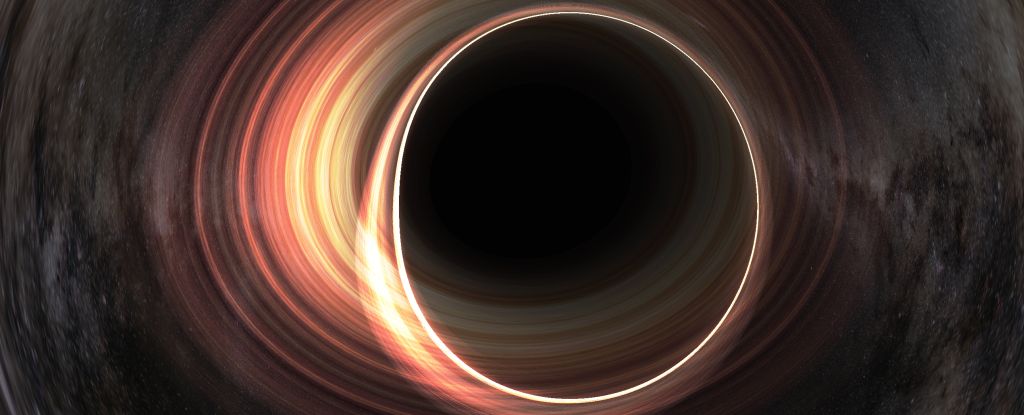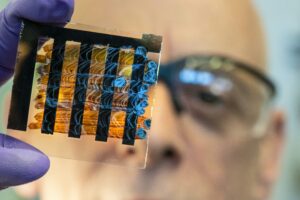
In a groundbreaking experiment, physicists have successfully simulated a black hole in a laboratory setting, observing a phenomenon akin to Hawking radiation. This achievement, reported in 2022, involved using a chain of atoms to mimic the event horizon of a black hole, leading to the emission of particles from quantum fluctuations—a process theoretically predicted by Stephen Hawking.
The experiment, conducted by a team led by Lotte Mertens at the University of Amsterdam, could provide critical insights into the longstanding conflict between the general theory of relativity and quantum mechanics. These two pillars of physics describe the universe in fundamentally different ways: relativity focuses on gravity as a continuous field, while quantum mechanics deals with the probabilistic behavior of particles.
Understanding the Experiment
Black holes, among the universe’s most enigmatic entities, possess a gravitational pull so strong that nothing, not even light, can escape once it crosses the event horizon. This boundary marks the point of no return, beyond which the fate of objects remains a mystery. Hawking’s 1974 proposition suggested that quantum fluctuations at the event horizon could produce a type of radiation similar to thermal radiation, now known as Hawking radiation.
Detecting Hawking radiation in space remains a formidable challenge due to its faintness. However, laboratory analogs offer a promising alternative. The Amsterdam team utilized a one-dimensional chain of atoms, allowing electrons to ‘hop’ between positions. By adjusting the ease of this hopping, they created an artificial event horizon, disrupting the electrons’ wave-like properties.
Significance of the Findings
The simulated event horizon led to a temperature increase consistent with theoretical predictions for a black hole system. Notably, this effect was observed only when part of the atomic chain extended beyond the event horizon, suggesting that particle entanglement across this boundary might be crucial in generating Hawking radiation.
The thermal nature of the simulated Hawking radiation was observed under specific conditions, particularly when the simulation began with a ‘flat’ spacetime model. This implies that Hawking radiation’s thermal characteristics may depend on the spacetime geometry and gravitational influence.
Implications for Quantum Gravity
While the implications for quantum gravity remain uncertain, the experiment provides a novel platform for studying Hawking radiation without the complexities of actual black hole dynamics. The simplicity of the model allows for its application in various experimental setups, potentially advancing our understanding of fundamental quantum-mechanical aspects alongside gravity and curved spacetimes.
“This can open a venue for exploring fundamental quantum-mechanical aspects alongside gravity and curved spacetimes in various condensed matter settings,” the researchers noted in their publication.
The research findings were published in the journal Physical Review Research, marking a significant step forward in the quest for a unified theory of quantum gravity.
Looking Ahead
The successful simulation of a black hole and the observation of Hawking radiation in a controlled environment represent a major milestone in physics. As researchers continue to refine these models, the potential for new discoveries in quantum mechanics and general relativity grows. Future experiments may further unravel the mysteries of black holes and bring us closer to reconciling the two dominant theories of the universe.
This article was initially published in November 2022, highlighting a pivotal moment in the ongoing exploration of the cosmos’s most profound questions.





